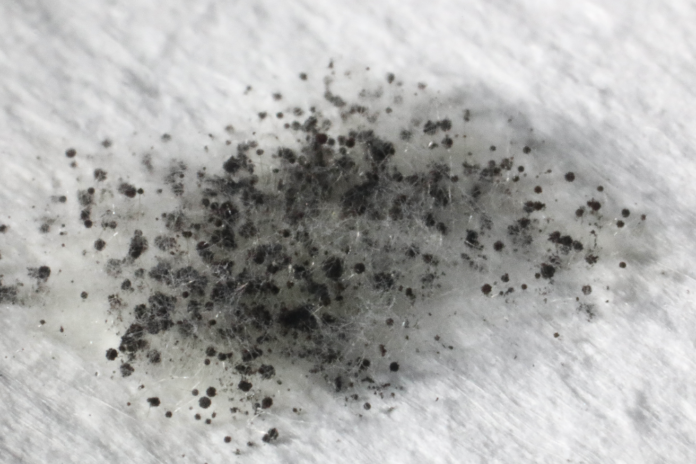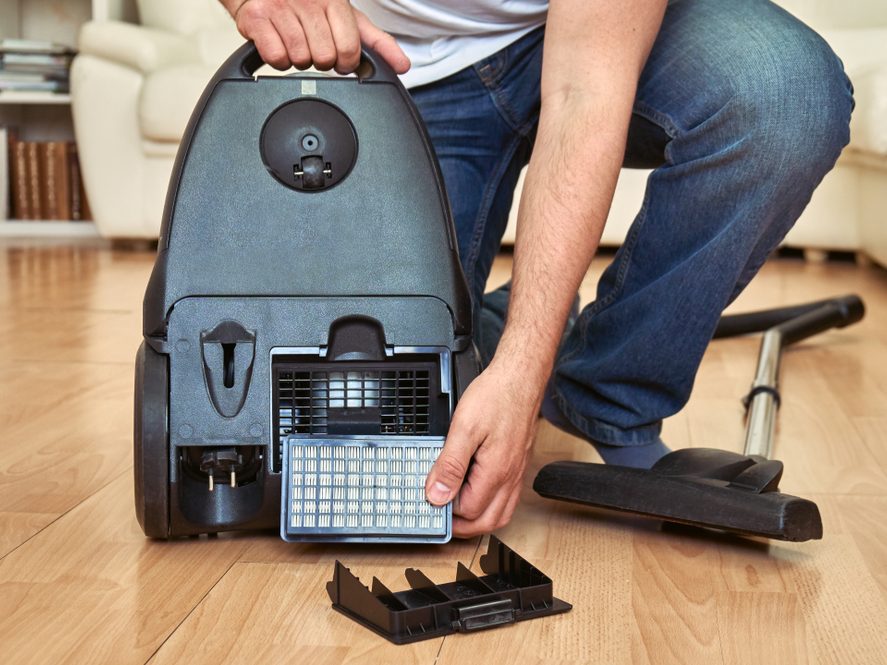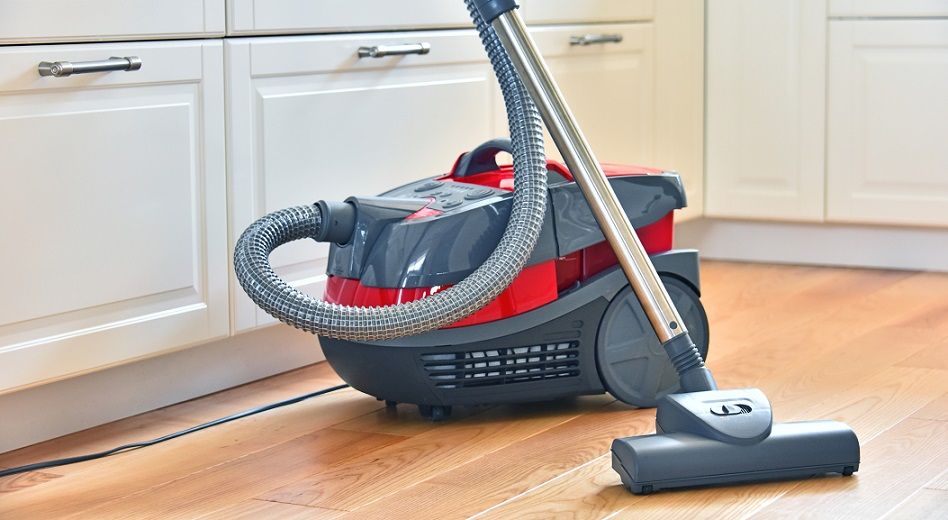Introduction
Keeping a home clean after any level of contamination is nothing but hard work. Even when a task is as basic as cleaning dirt on the floor, it still takes some effort. Mold is a particularly challenging substance to eradicate when it is in your home. Therefore, you need to be equipped with the right tools to get it done right. One device you should be aware of is a HEPA vacuum.
Let’s Get to The Answer, Why a HEPA Vacuum Cleaner?
Otherwise known as a high-efficiency particulate air vacuum, this apparatus makes this Herculean task much more manageable. HEPA is also a standard that the US’s Office of Environment, Health, Safety, & Security first created when nuclear facilities began operating during World War 2. Probably a question that came across your mind is, “what are the best HEPA vacuums when it comes to getting rid of mold?”
Although for most people vacuuming and removing mold is not a major part of our lives, it is still something to consider if and even it ever happens. Let’s facilitate the process and help you find the right one.
Surprisingly, a HEPA vacuum does not operate differently from a standard household vacuum. Before you get out your vacuum cleaner from the closet, keep in mind that its filters will not be enough to eradicate your mold problem. According to CDC lab studies, a HEPA does the trick when it comes to eliminating mold particles. You will not be able to trap more than ninety nine percent of the pollutants in your home since many of them are microscopic. That comes as bad news to you & your family as the air you breathe is contaminated. For every inch of space, there are thousands of microns (the size of a particle in the micro-scale) that can fill that volume. To put into context, many of these mold toxins are not even a micron in size.
So that you know, there is no guarantee that these filters will thoroughly clean out the air particles. For example, some contaminants like airborne viruses/bacteria, VOCs (volatile organic compounds), and mycotoxins can slip through the HEPA filter unless you use a canister vacuum, which will be mentioned later.
In contrast to a HEPA, a regular vacuum allows mold spores to slip through the exhaust because of their slenderness. You may be lucky enough to trap some larger molecules that get tangled up with dust bunnies. Nevertheless, when in doubt, do not vacuum with a non-HEPA over mold clusters.
Mycotoxin Is Substance You Need to Keep an Eye Out for In Your Home
Even though HEPAs are great for eradicating mold, they are not built to remove mycotoxins effectively. These toxins are produced by mold spores and can be very tricky to trap. They can remove the fungi when having an outlet outside of your home. Therefore, please use a central vacuum system.
What Are Other Benefits From Using This Vacuum?
These nifty vacuums can eliminate allergens that can cause chronic effects like asthma, such as dander and dust. Many of these particles are responsible for causing comorbidities in the upper tract of the respiratory system.
Do You Have to Use A Different HEPA for Other Types of Floor Surfaces?
For tiles, wood flooring, or carpets, some HEPAs work better than others. However, it is best to invest in one that handles all surfaces, even if it means paying more. It is well worth it.
How Much Do They Typically Cost?
There is a big price range for these types of vacuums. As mentioned before, the ones that can cover all surfaces are nearly a grand. If you keep searching, though, you can find vacuums that can get the job done regarding your mold problem for as little as $250.
What Are Recommended Features To Have To Handle Mold?
You should make sure to have a high-quality HEPA vacuum. The good news is that none are supposed to emit any odors. Tons of non-HEPA vacuums are notorious for having pungent smells after years of use. Additionally, do not have a vacuum that has dust escaping from the filters, which leads to the next feature to add on to your checklist.
Pre-filters are a vital component of a vacuum. They are made up of many layers of filters that lower the amount of particles that the HEPA filter needs to trap. Moreover, invest in a good pre-filter as it will allow you not to have to replace your HEPA filter as much.
Next, you would want one that has no air leakage. A sealed chassis would do the trick. It is common for vacuums to have gaskets that aren’t properly assembled. The last thing you would want is for your effort to be for nothing as you later find out that by having an unsealed gasket, your vacuum spits out everything you thought you were cleaning.
HEPA vacuums are not heavy. It would be nothing but extra work to be towing around a thirty-pound vacuum as opposed to a ten pound one. The best option would be to purchase a canister vacuum. In addition to being easy to carry, canister vacuums tend to have a better suction rate. That will come in handy when vacuuming up dust bunnies that form in areas where it is tough for the vacuum’s nozzle to reach.
To introduce one more acronym, a good thing to look for in a vacuum is whether it has been approved by the AAFA (Asthma & Allergy Foundation of America). Besides being the organization that tests vacuums to see how effective they are at cleaning up mold, they are also responsible for ensuring that vacuums eliminate allergens, dust, & VOCs. When in doubt, look for an AAFA seal. Your respiratory system will thank you.
Lastly, have a bagless vacuum. Emptying it can spell nothing but trouble as you might end up having spores fly out from the bag and into the air again.
Conclusion
Overall, HEPA vacuums are the most useful devices for cleaning out your mold problem. The fungi can often grow to such proportions that it makes it less economical to do it yourself. Instead, check out The Fire Restoration Team as they are technicians who have a guide to getting rid of black mold. They can get it done in an affordable and timely manner.




















